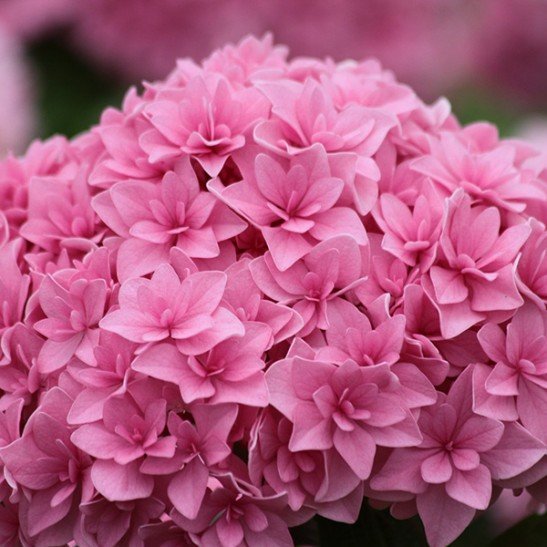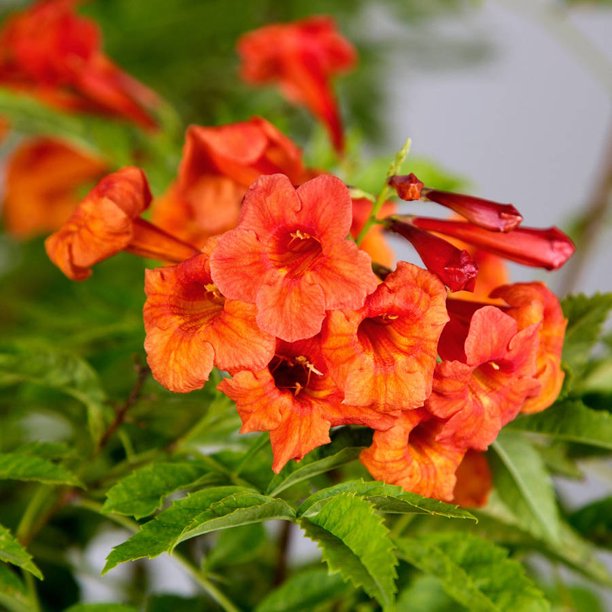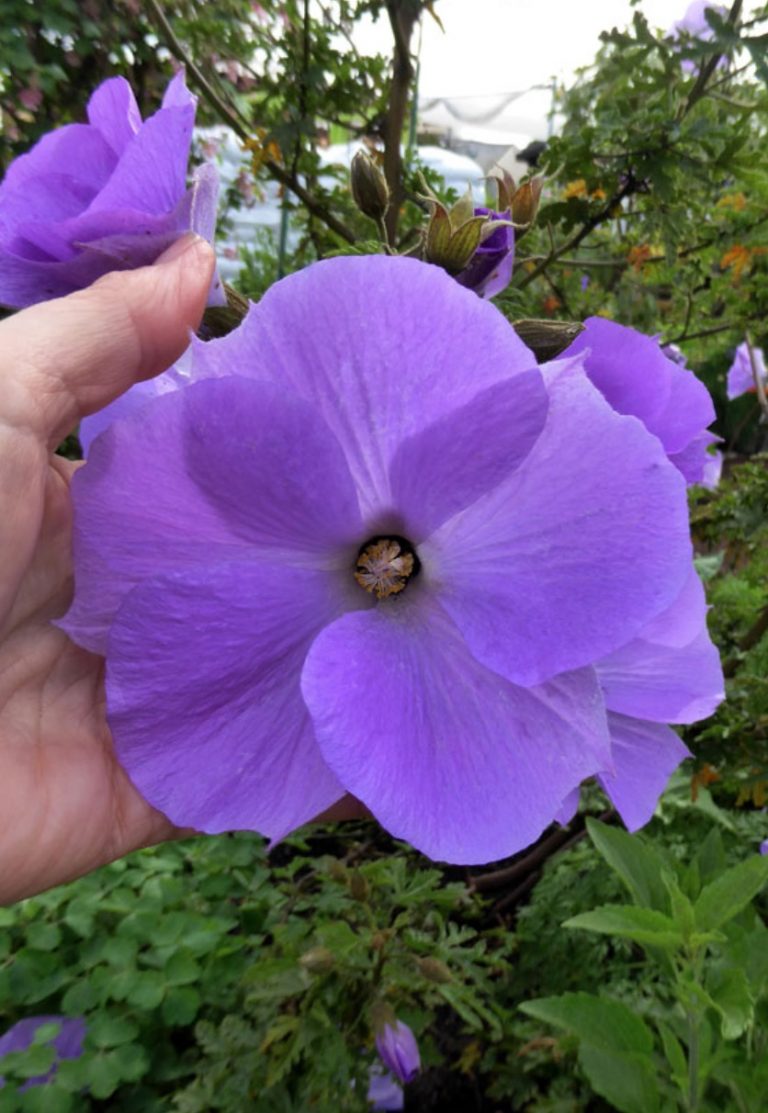How to Grow Limelight Hydrangeas
Grow Limelight Hydrangeas in your yard with these easy-to-follow planting tips. You may have noticed the conical-shaped blooms of limelight hydranges. They are easy to notice during the late summer season. The panicles, a loose branching cluster of flowers, are stunningly beautiful. The blooms appear at the end of the branches in mid-summer into early Fall.
A native of China and Japan, Limelight Hydrangea is an upright, rapidly growing, deciduous shrub. Deciduous means that the shrub will lose its leaves during the winter season. In the spring, new leaves emerge as the weather warms. These beautiful hydrangeas have different varieties that mature in a variety of sizes. In today’s post, we share tips for growing limelight hydrangeas. These are larger hydrangeas.
Grow Limelight Hydrangeas
Provide the best-growing conditions for Lightlight by planting in well-draining soil. Soil that is organically rich and has an average amount of moisture. Avoid soil that is dense and holds water, such as clay soil. A quick way to test your soil is to grab a handful of soil and close your hand. Open your hand and look at the soil. The soil is more clay-like if the soil compresses and remains in a ball. However, if the soil falls apart after opening your hand, the soil has more draining capabilities.
Characteristics of Limelight Hydrangeas
This particular variety of hydrangeas has an upright growth habit. During the blooming season, you’ll notice the massive blooms on each shrub. Each shrub is covered in large blooms ranging from 6 to 8 inches long. Limelight is known for being exceptionally hardy and survives in zones up to 3.
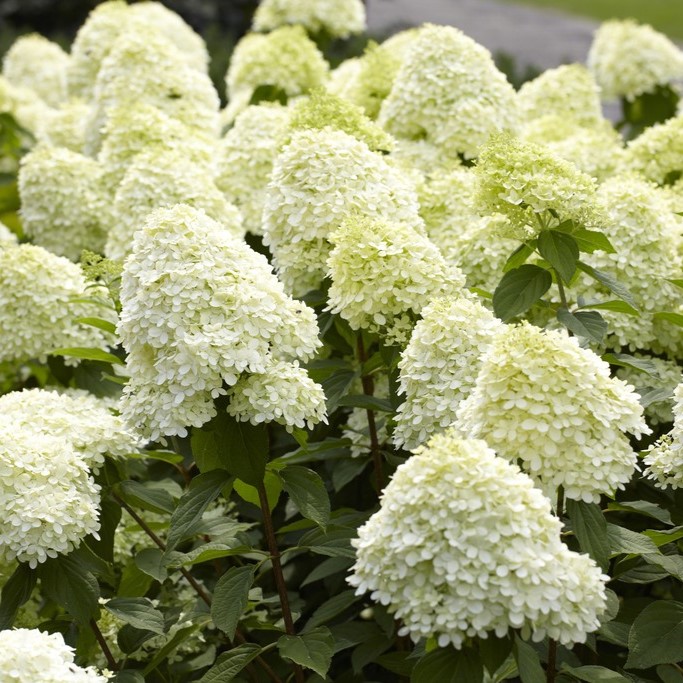
About Growing Limelight Hydrangeas
First, the characteristics of the Limelight Hydrangea shrub:
- Grows in zones 3 to 8
- Plant in full Sun to partial shade
- At maturity, it typically reaches 6 to 8 feet high with a spread of 6 to 8 feet wide
- Blooms in Chartreuse-lime color aging to rose followed by shades of burgundy in the Fall
- Flowers are upright, sharply-pointed conical panicles growing 6 to 8 inches long
- Bloom time begins from July until the end of September
- Foliage leaves are oval to ovate dark green leaves
- Water needs are average needs. Water regularly
- Grows best in organically rich soil conditions that drain well; avoid clay soil
- The growth rate is average
Ground Soil Preparation for Limelight Hydrangeas
- Select a garden space with full sun or partially shaded based on your location.
- Prepare the soil by digging a hole twice the depth and width of your shrub.
- Add compost or rich organic soil and sphagnum peat moss to the soil (for best results, use 1/3 of your ground soil, 1/3 compost, and 1/3 sphagnum peat moss)
- Work soil so that all three are mixed well and soil drains quickly
- Potting soil and garden soil should release excess water quickly – this is especially important.
- If grubs or Japanese Beetles are a problem, add some organic Milky Spore powder to the soil
How to Grow Limelight Hydrangeas

- Plant limelight in full sun in cooler climates and partial shade in a warmer climate
- Plant limelight in mass or group in a mixed border or open woodland garden. Use as a specimen, accent, or hedge.
- When planting several hydrangeas to form a hedge, space shrubs between 7 to 8 feet apart from center to center
- Fertilize during the spring using a slow-releasing fertilizer such as Holly Tone per the manufacturer’s directions.
Prune in the Spring

Cut back about 1/3 of the shrub height in the springtime. You can also train the limelight to grow as a small, single-trunk tree by removing only one shrub’s stem. Select the most vigorous stem to train into a tree. For best results, allow the shrub to grow as a multi-stemmed shrub. For optimal shrub form, prune regularly to a height of 6 to 10 feet.
To maximize the number of flower panicles, thine the shrub to grow between 5 and 10 shoots. Once the shrub is in full bloom, the shoots will arch to downward with the weight of the blooms.
When to Plant Limelight Hydrangeas
- Plant Limelight in the ground during the fall or early spring season so that the shrub forms strong roots before the hot summer begins.
- Plant hydrangea in the spring in a container slightly larger than the shrub’s container for container growing. During the fall season, remove the hydrangea from the container and plant in the ground.
Create Bouquets with Floral Panicles
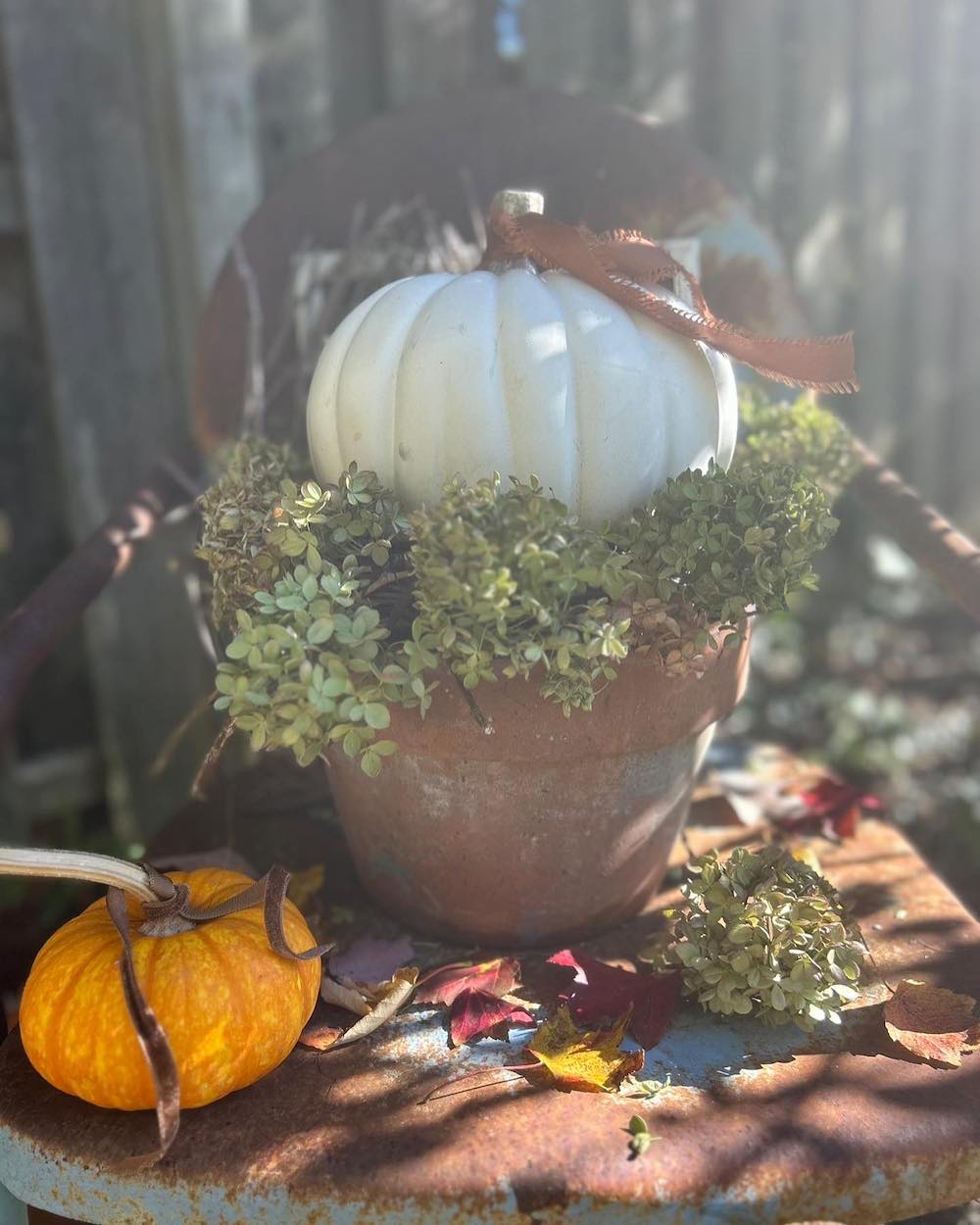
Cut branch panicles for either fresh or dry flower arrangements. In the image above, the planter has a layer of dry floral limelight panicles adorned with fresh pumpkins.
Tips for Growing Limelight
- Once established, water every week
- Prune to maintain the beautiful panicles.
- Garden styles for the limelight fit into formal, traditional, or cottage-style gardens.
- Grow limelight shrub as a specimen plant or a focal point in the garden.
- Chinese and Japanese native
Companion Plants for Limelight Hydrangeas
Plant these companion plants with a limelight hydrangea
- coneflowers
- coral bells
- daylilies
- astilbe
As you may have noticed, limelights are easy to grow and maintain. Start with selecting a sunny or partly sunny spot with great soil. Add water, and fertilize in the spring. So easy to grow.
This ends our post on how to grow a limelight hydrangea. Let us know if you plant a limelight in your garden. Do you have a favorite hydrangea? To learn more about plants, read our other posts. If you enjoyed this post . . . .
You Will Enjoy Our Other Gardening-related posts.
Rock Garden Plants
Drought Resistant Perennials
Sandy Soil Perennials
If you have any questions, feel free to reach out to us. We always are ready to help you out. Thank you for dropping by.
Mary
Pin this for Later:





